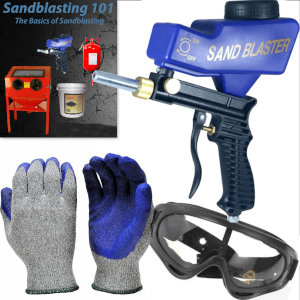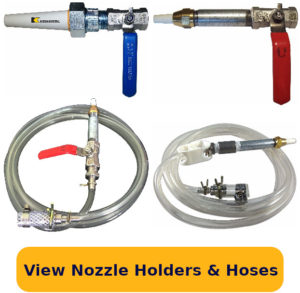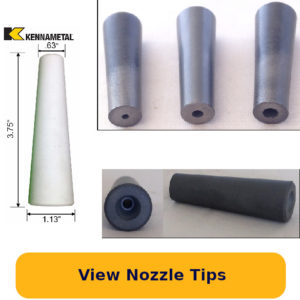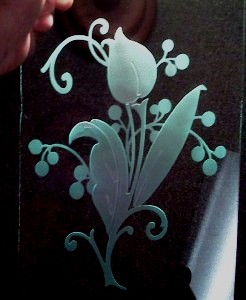Someone recently asked me questions through an email about sandcarving equipment and I thought I would post the discussion here in case it would help anyone. Lets continue the discussion and leave a comment below.
Hi Eric
I was needing to know what equipment and materials I need to work with small rock. Sandcarving rock, etching glass and any other ideas you might have.
Thanks
Donald
Donald,
No problem. One of the most important things you need is a pressure pot sandblaster because it is able to blast at higher pressures needed to carve.
Then you need an abrasive that is about as hard or harder than the rock material. I always use aluminum oxide because you can reuse it over and over again.
The third important thing you need is a sandcarving resist which is thick enough to prevent the abrasive from penetrating through the areas that you don’t want carved. The thickness of a resist depends on how high of a pressure you’re using and the size of your abrasive. Ideal resists would range from 10 mil to 30 mil, but sometimes you can go thinner than that if your abrasive is fine enough.
An ideal abrasive would be around 90 grit to 180 grit. If it was my choice, I would probably prefer about 100 or 120 grit for stone carving and about 180 grit for glass sandcarving.
I hope that helps.
Take care
-Eric
https://www.sandblasterinfo.com






Hi Eric,
I am begining to etch glass and I would like to know what size compressor is reccomended?
Sean, that is a great question but the response can be a lengthy one and it really depends on your preference of blasting pressure & sandblaster tip size. Also, depends if you’re surface etching or sandcarving. And if you’re using a siphon or pressure pot sandblaster. The pressure pot requirements below are:
For glass etchers, most of us prefer a 3/32″ or 1/8″ inner diameter tip size. You always want to get a compressor that can put out the minimum air requirements of the next size up since they wear out and enlarge.
So if you’re using a 3/32″ tip, I would probably get the minimum requirements for a 1/8″ tip. A 1/8″ tip for typical glass etching pressures (about 30 PSI) would need a compressor with 8 SCFM (usually about 2 horsepower). For typical sandcarving pressures (about 60 psi) would need a compressor with 14 SCFM (usually 3.5 horsepower).
My best advice is to check the minimum requirements of the sandblaster and match it up with the air compressors numbers. All you need to figure out is what size nozzle and psi that you want to blast at. As stated before- regular glass etching is blasted about 30 psi (give or take 10) and about 1/8″ nozzle tip.
Anyone interested in an SCM system? We have never used it and it comes with a new compressor also. Ready to make a deal. New it was in $3500 range.
I have my own glass etching business which uses sandblasting methodology. I purchased a Campbell Hausfeld Compressor because my research showed that this is one of the better compressors as far a reliablity and price. I purchased it at Tractor Supply which had it on sale. The SCFM Rating for the compressor is as follows: 6.5 @ 40 PSI, 5.5 @ 90 PSI. The compressor has a maximum PSI of 135 and is a 30 gallon tank. I find that this works very well for engraving glassware.
I’m not sure if any help is available, but I’ve owned my own compressor and cabinet for about 7 years. It’s worked fine up until today when I went to do some work and I’m getting no engraving at all. The compressor is working fine and the hoses are clear and I tried 3 nozzles (tips) just to be sure one or two weren’t the problem. But no go. No abrasive wants to come out. There seems to be plenty of air flow. I’m stumped. Any thoughts or suggestions would be appreciated. It has been about 6 months since used and the unit is not air conditioned but not exposed to harsh elements. The aluminum oxide seems to have the same consistency it’s always had. That is the say it’s not muddy or clumpy or firm.
Bernoulli simply doesn’t seem to be working. HELP!
TIA
~ joe